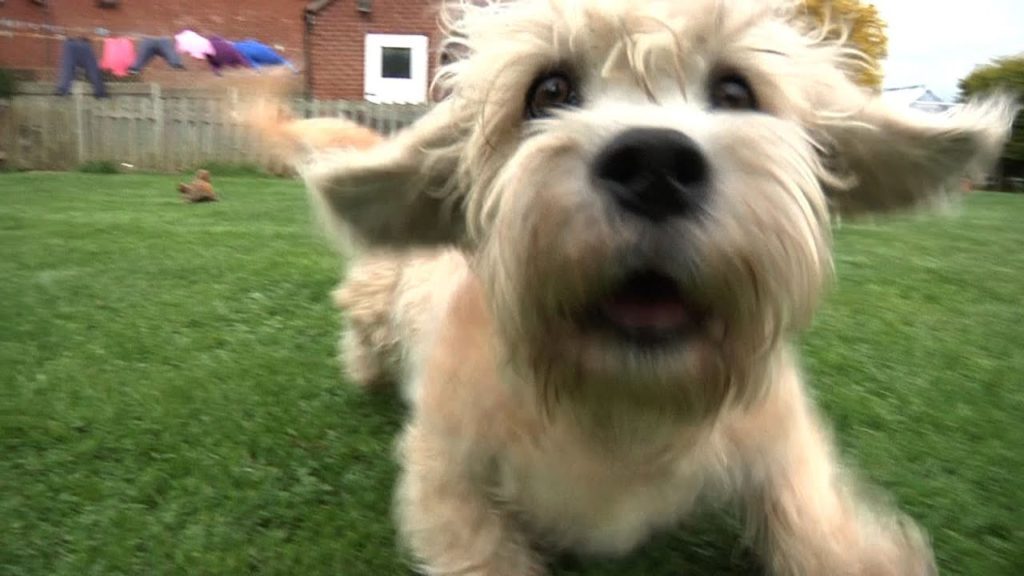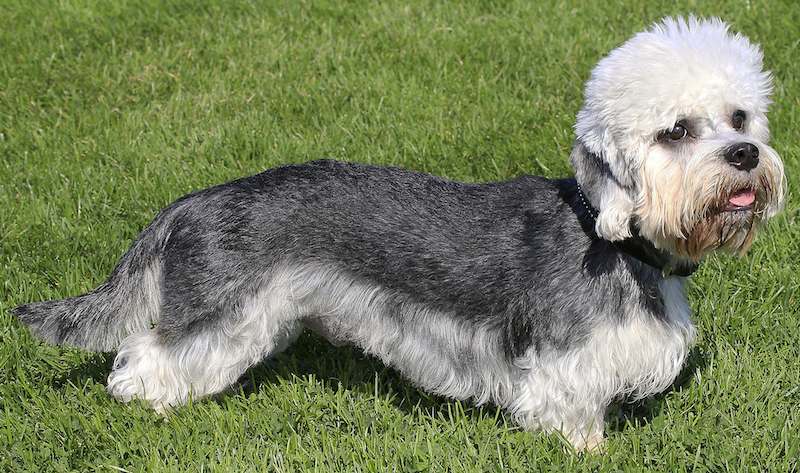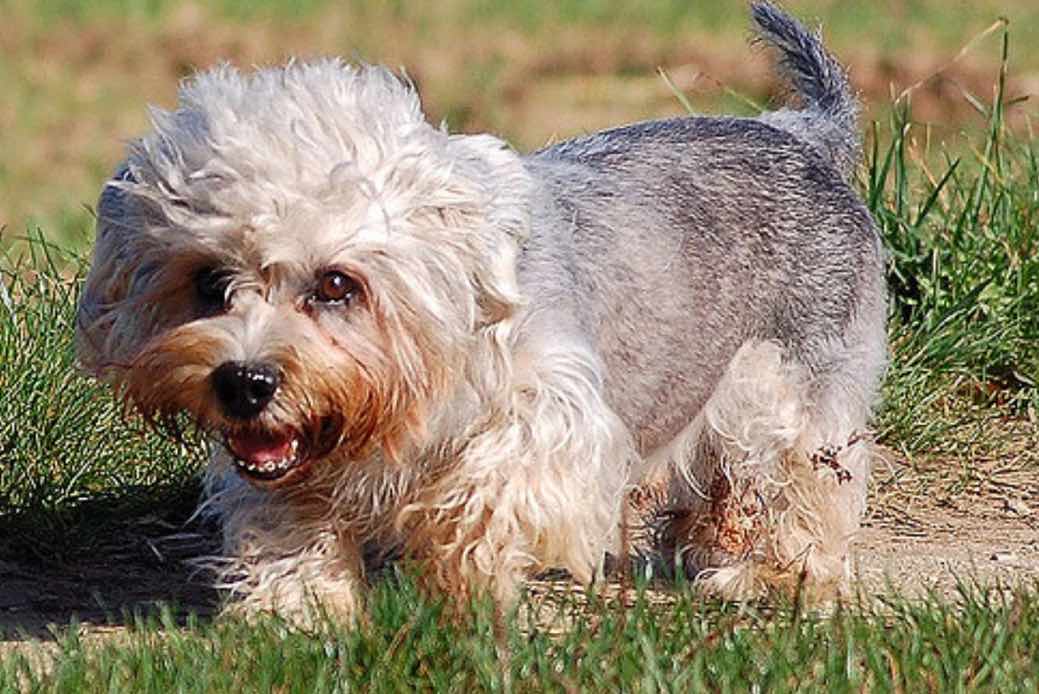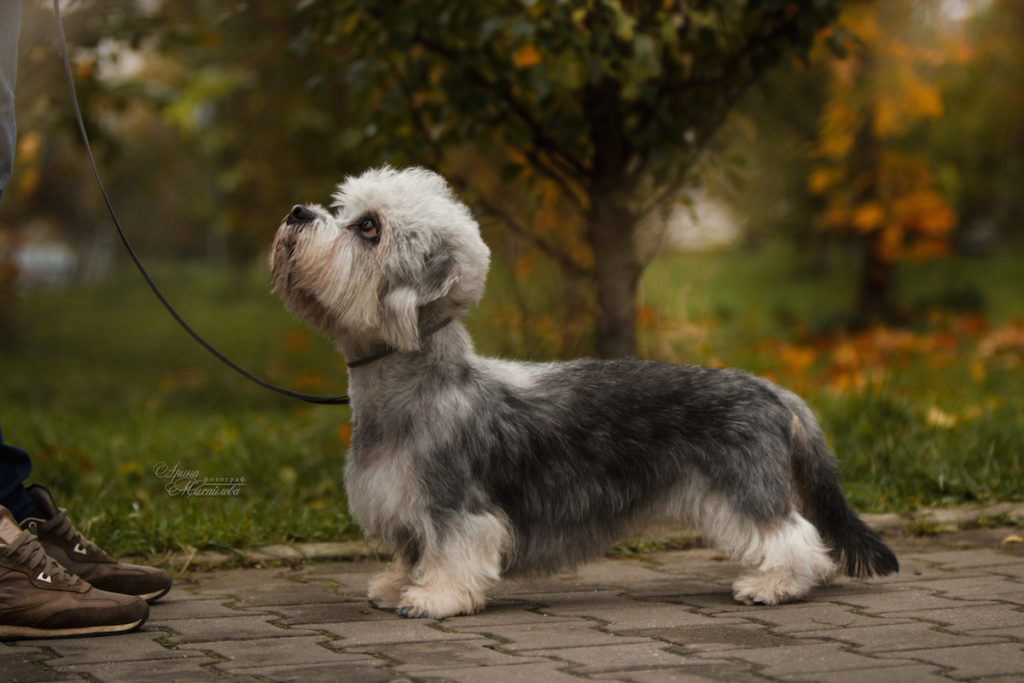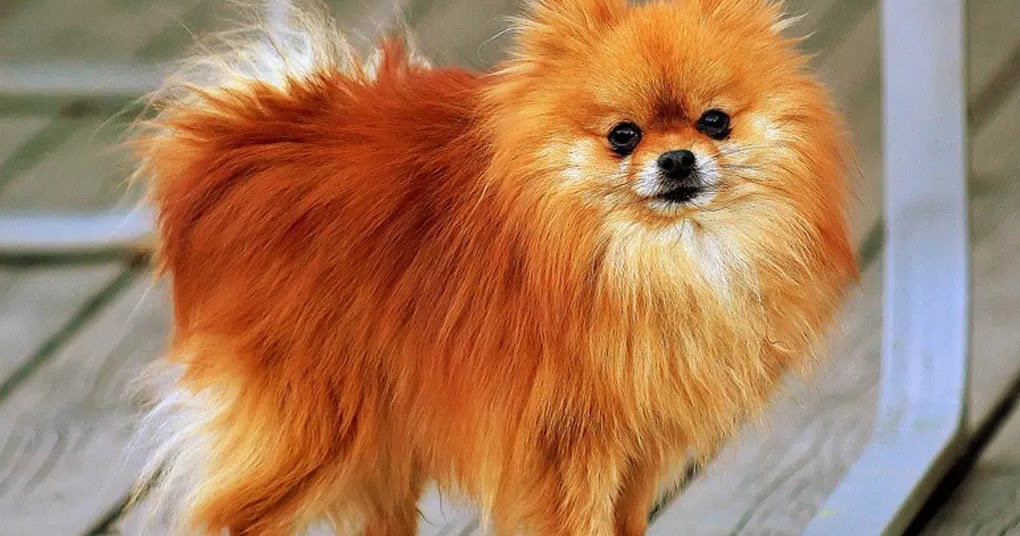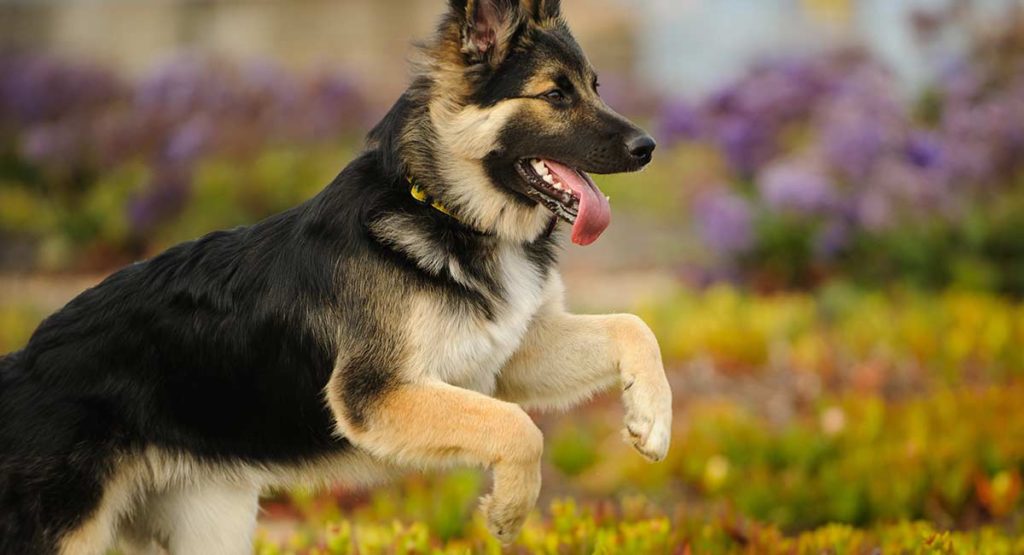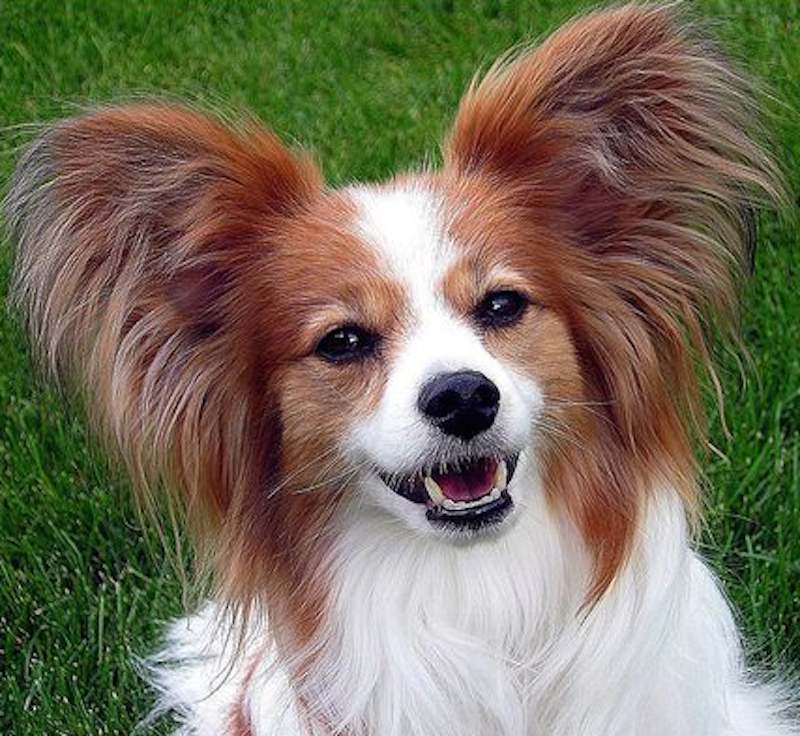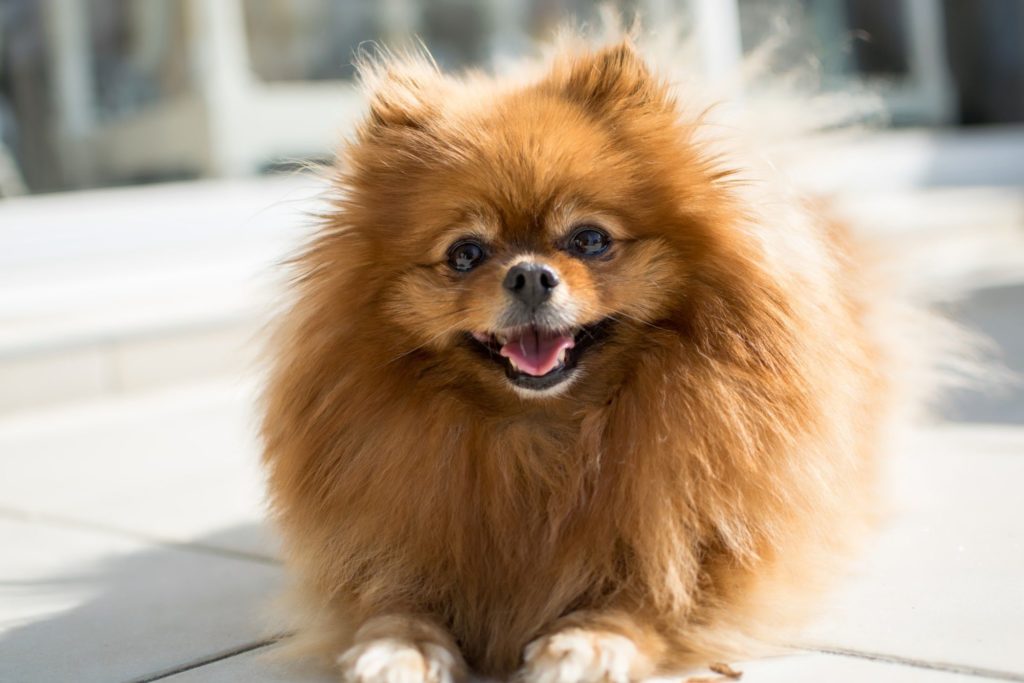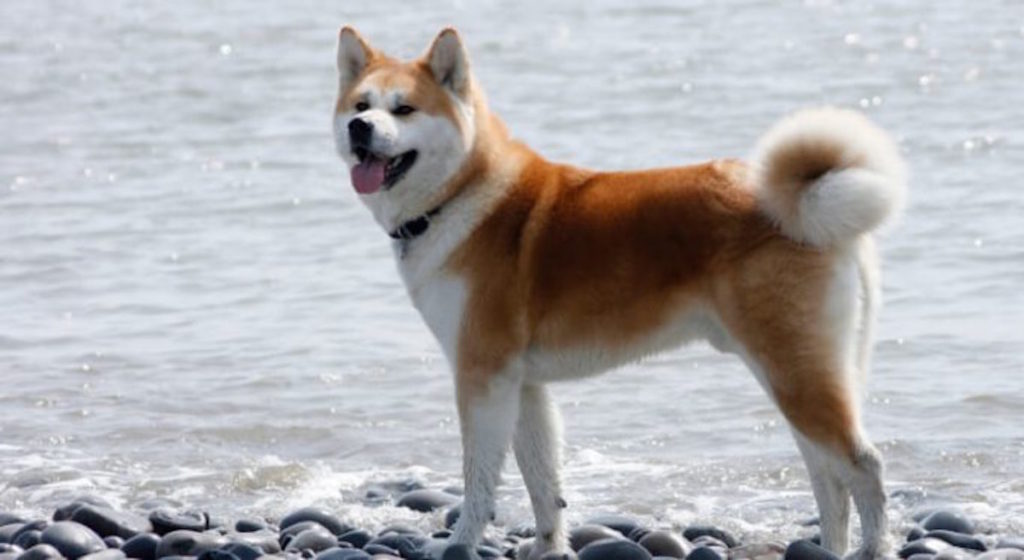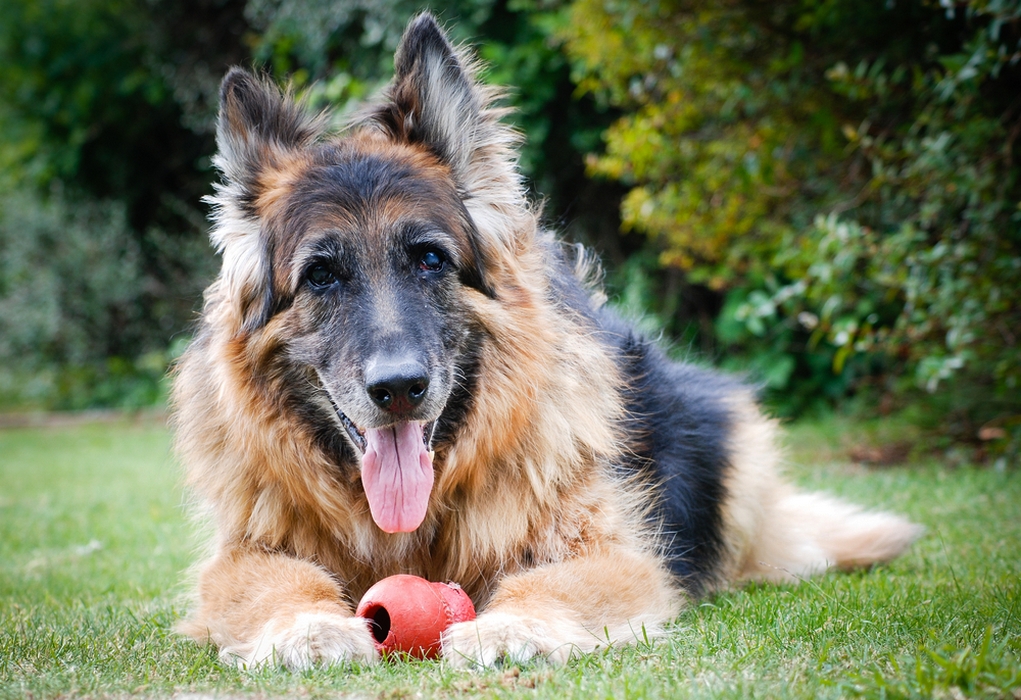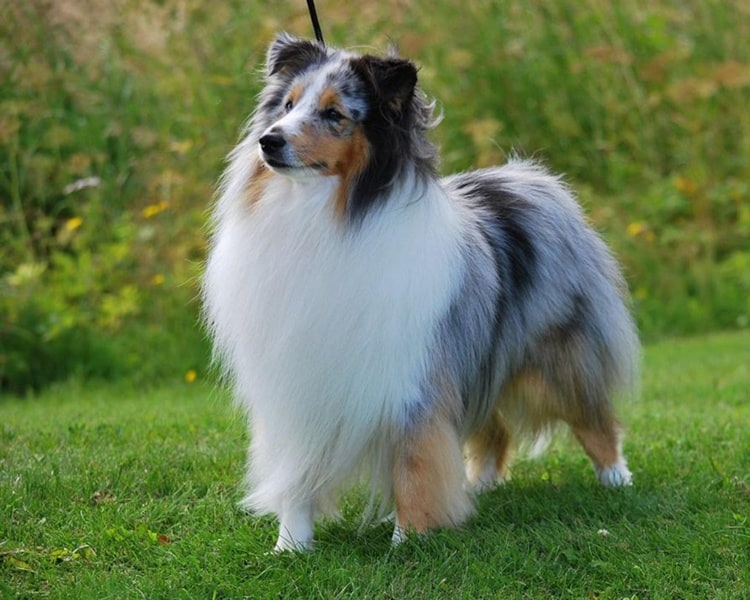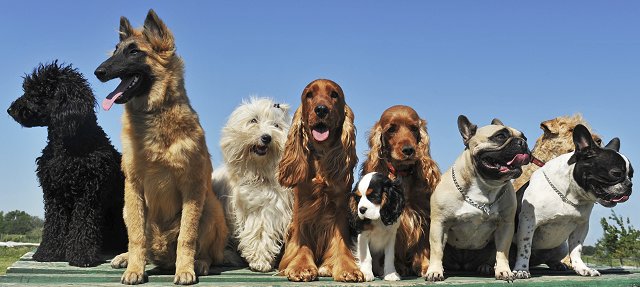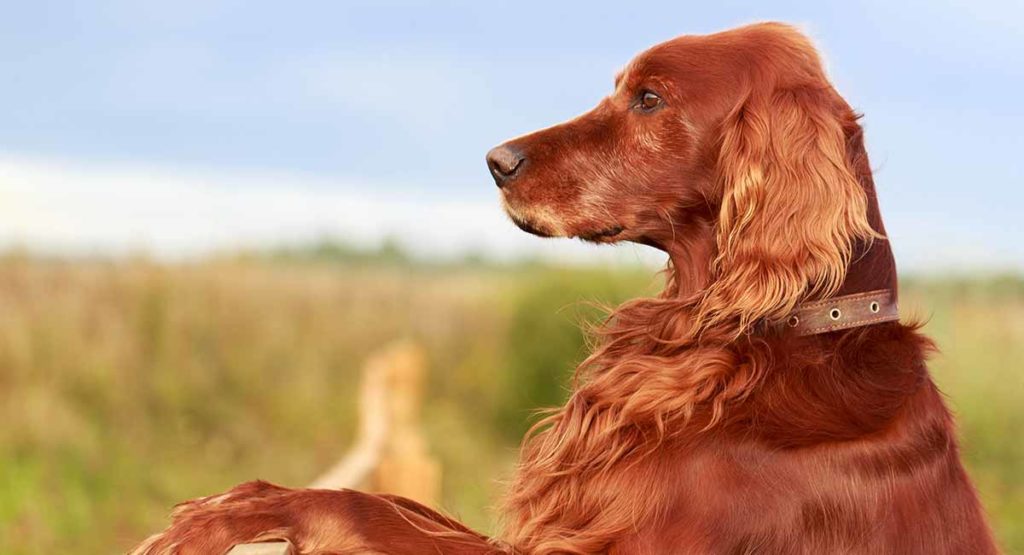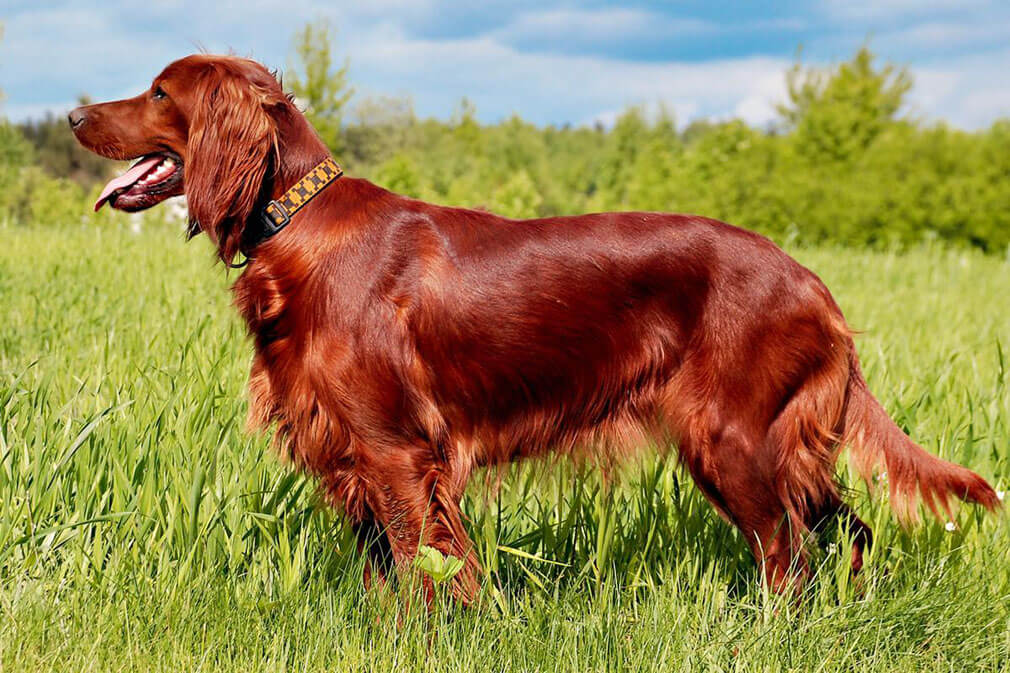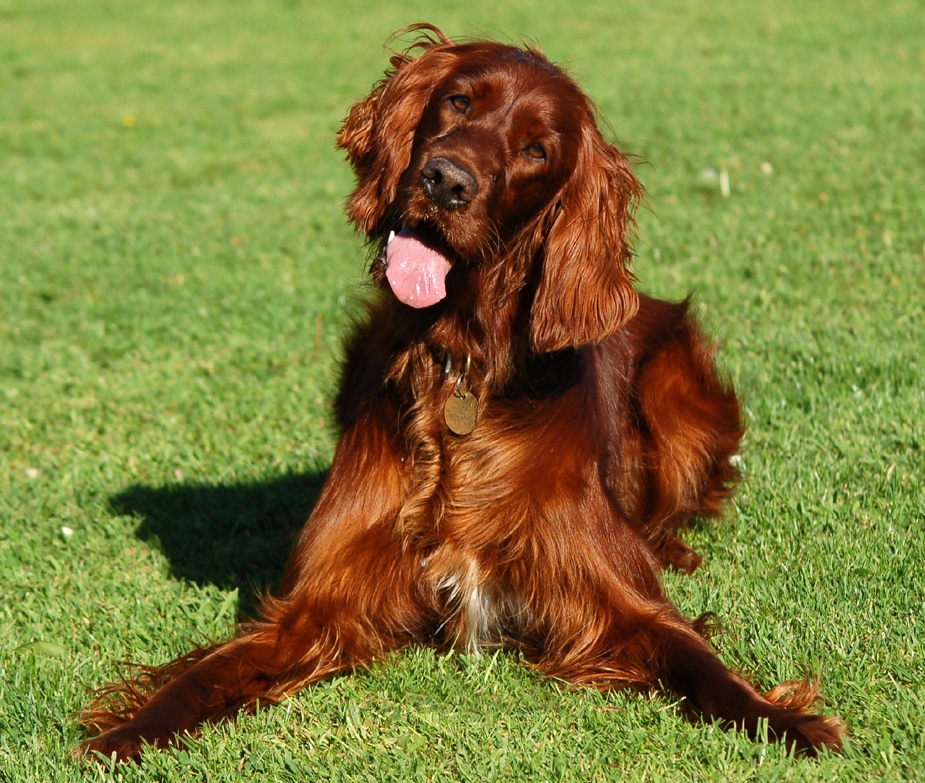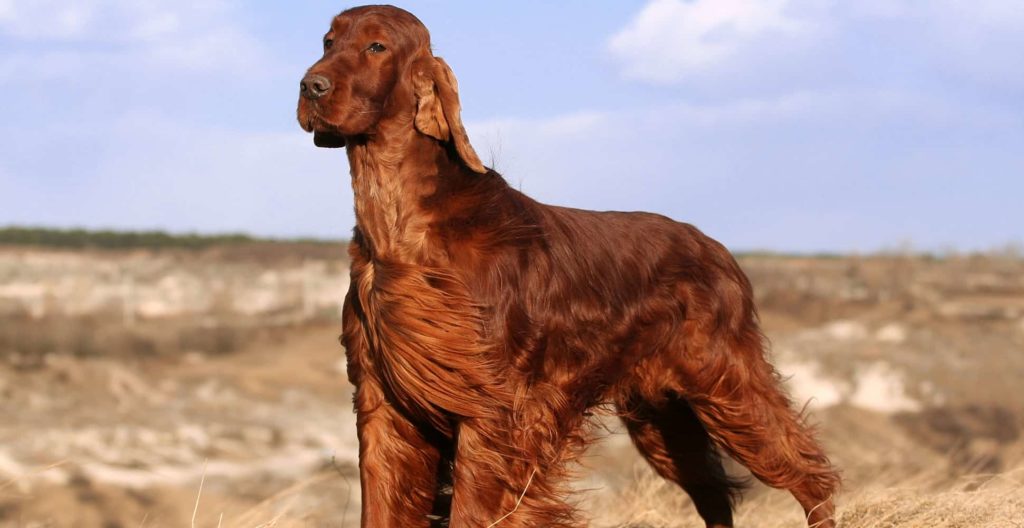The Boerboel Dog Breed is a type of dog, also called the ‘farmer’s dog’ in Afrikaans. The breed originates in South Africa and was created by mixing various African and European breeds possibly including the Bulldog, Bullmastiff, and Rhodesian Ridgeback. According to some reports, the Boerboel was brought to South Africa by Jan Van Riebeeck. If you’re considering getting a black Boerboel or any dog, it’s important to remember that owning a large and powerful breed comes with certain responsibilities.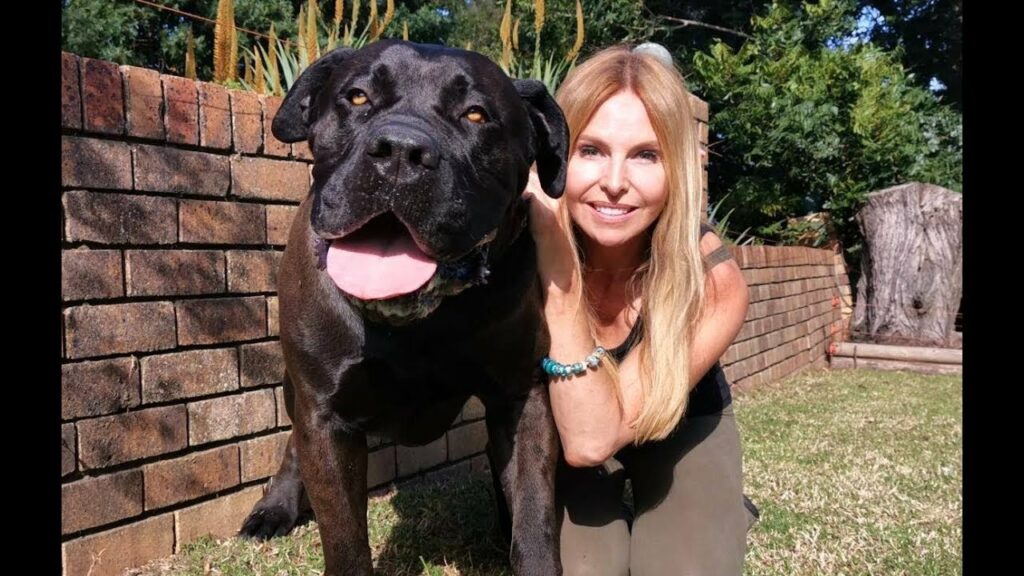
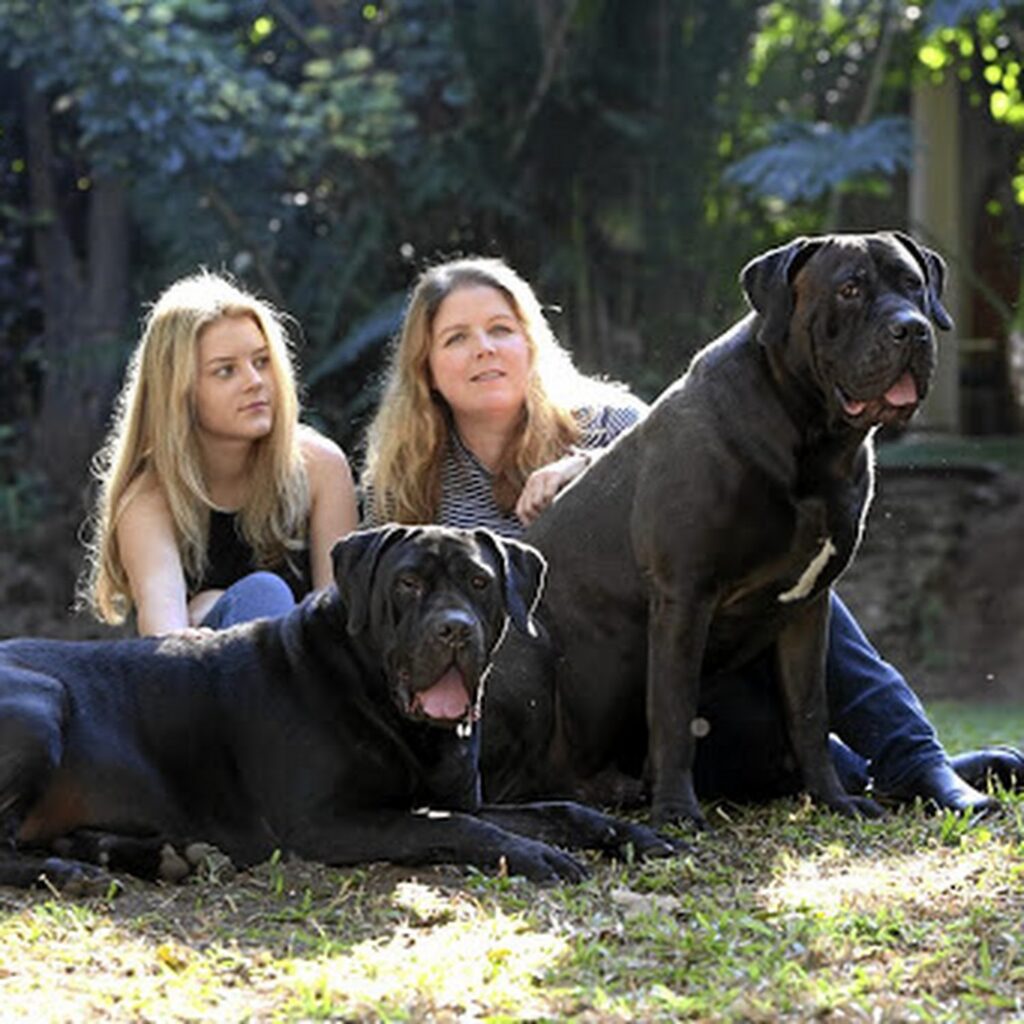
PIcture: JACKIE CLAUSEN
The first dogs that were imported to South Africa by settlers were large mastiff and bull breeds. These types of dogs became known as the Boerboel, which means farmer’s dog in Afrikaans. Over time, more dogs were imported from other parts of the world such as Britain and Germany, creating a variety of different sizes and shapes.
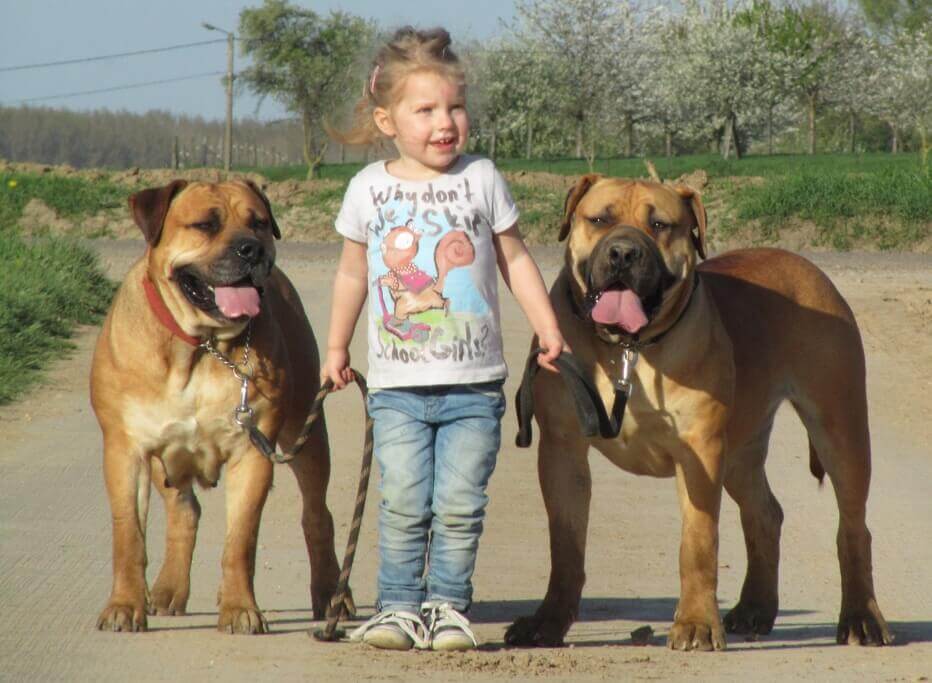
In the early 19th century, they roamed huge farmlands in South Africa. They were created to defend homesteads and livestock from predators such as snakes and baboons. Settlers from the Netherlands arrived in South Africa and created a dog breed that’s perfect for hiking. Boerboels are tough, strong dogs that were originally used to guard farms.
The Boerboel was bred to protect farmers and their families. Farmers valued the dogs for their efficiency, courage, and devotion to family members. When farmers went to work in the fields, the dogs would go with them.
They protected the farmer from wild animals and thieves who might steal cattle or crops. It is a large, muscular dog that possesses great strength and agility. This breed can easily overpower dangerous animals and be nimble enough to avoid them. The breed is known for its intelligence and ability to recognize danger, courage to face it, and caution to stay clear of it. The jaws are particularly strong.
Boerboel Dog Breed Physical Appearance
- The Boerboel dog is a large, well-muscled dog.
- It may weigh as much or more than its owner.
- Boerboels are between 27 and 34 inches tall and weigh from 150 to 200 pounds.
- They make for powerful, agile companions who are much stronger than other dogs of this size.
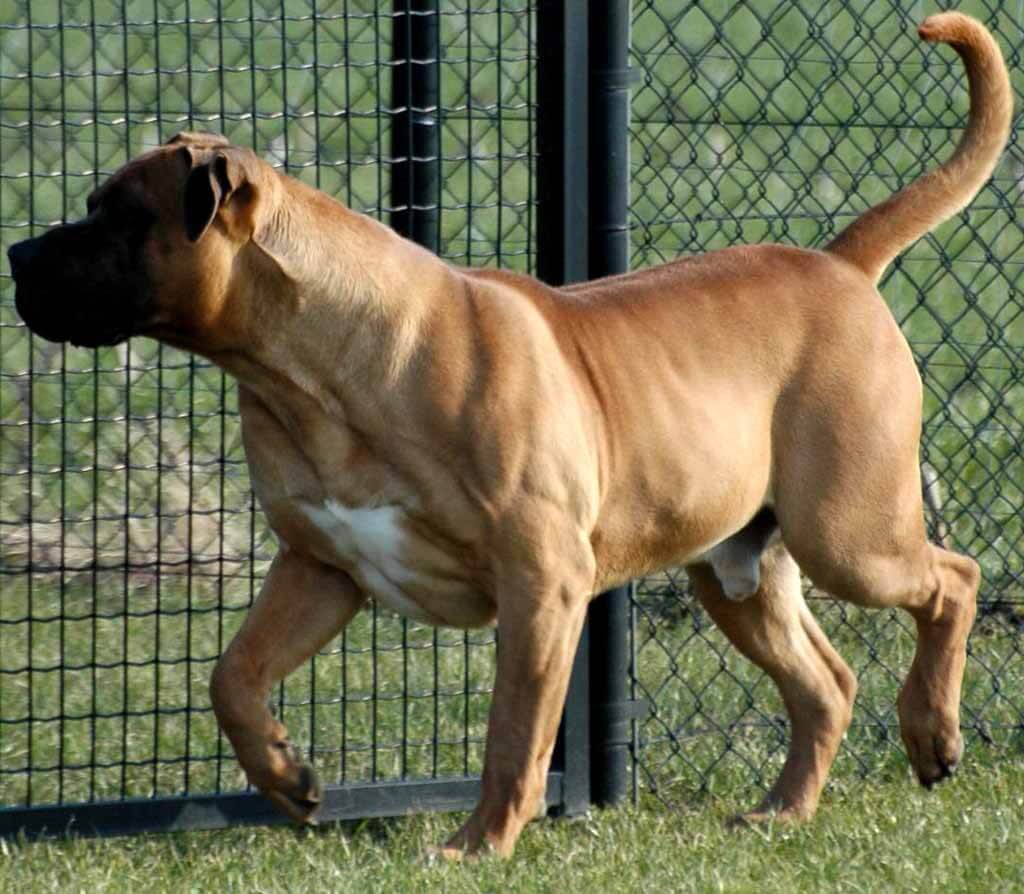
They have a variety of different coat colors, including brindle, cream, brown, rust, and red, The Black Boerboel are not common. Their coats are sleek and short-haired. They shed occasionally but are easy to care for. The eyes of this breed are brown and set horizontally; their intelligent expression has earned them the nickname “Africa’s Gentle Giant. The Boerboel’s skin should be dark on his stomach and under his fur. This protects him from the sun and heat. Their coat is short and dense.
Boerboel Dog Breed Behavior
The Boerboel is affectionate and devoted to its family. It can be aggressive toward strangers, though it is usually friendly with children it knows. The dog will get along well with other pets if introduced to them early in life. Their inborn guarding instincts necessitate early socialization, as well as structured, long-term obedience training.
Too often new owners are lulled into thinking the dog will remain easygoing and pliant for a lifetime, when in fact consistent training must be well underway before those qualities fade.
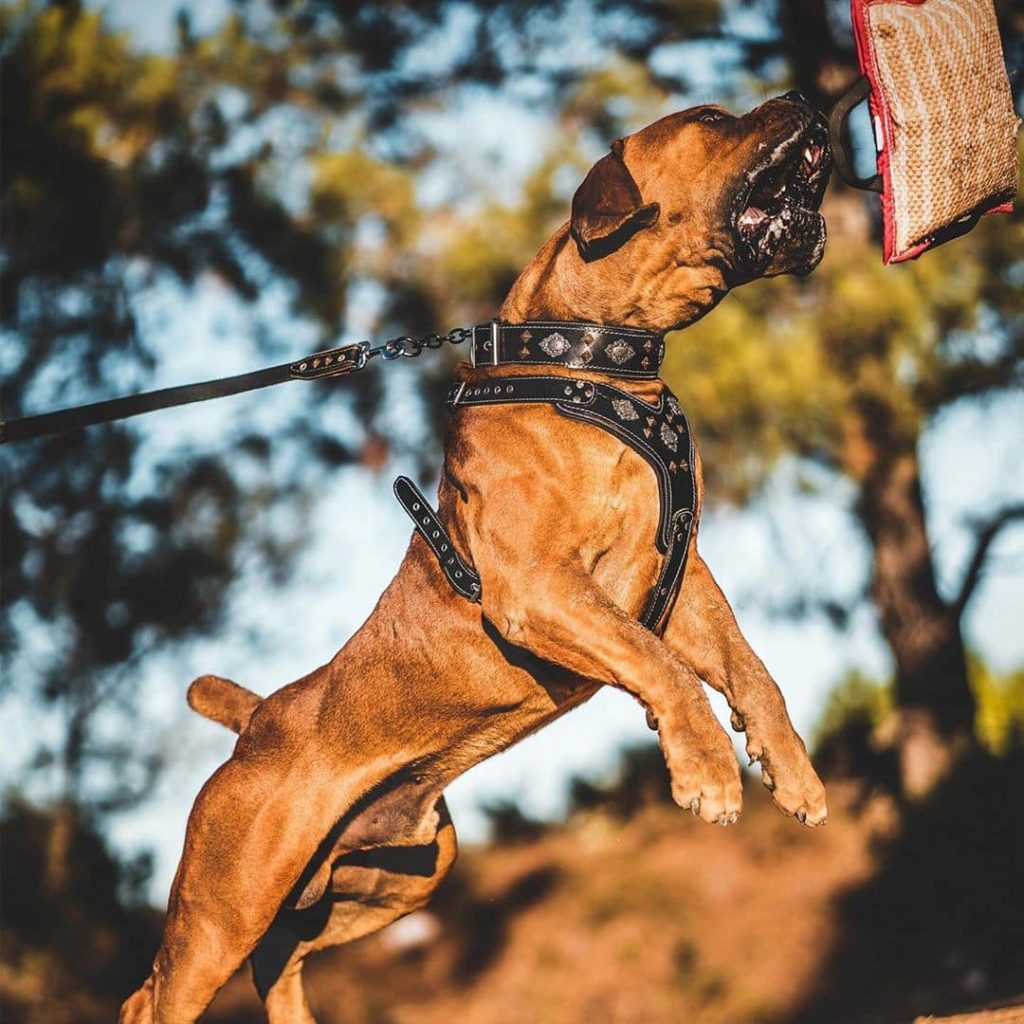
Boerboel Dog Breed Training and Caring
Boerboels have short, dense coats that need minimal grooming. Brushing once or twice a week with a rubber grooming mitt will help to remove loose hair and keep the coat looking healthy. A good brushing also promotes new hair growth and distributes skin oils throughout the coat to keep it healthy.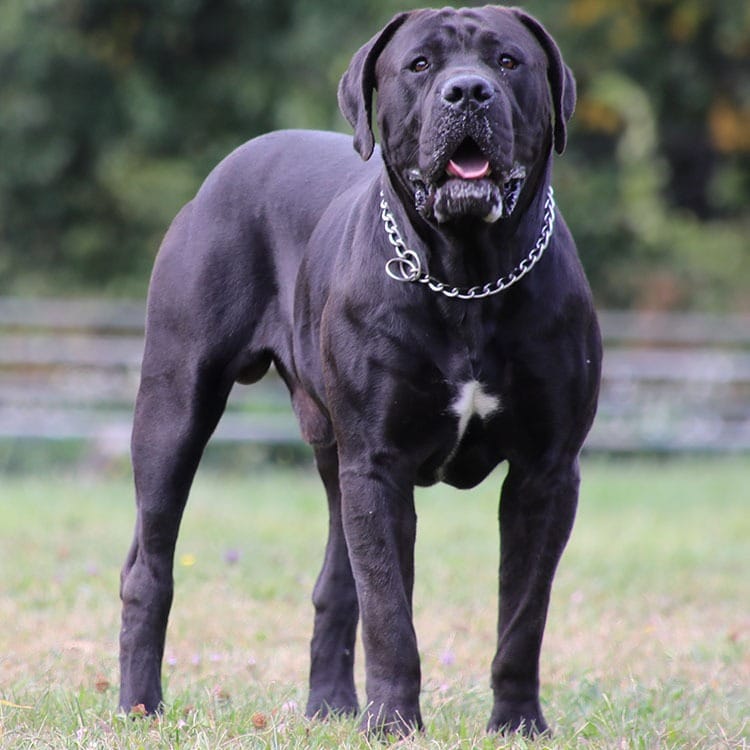
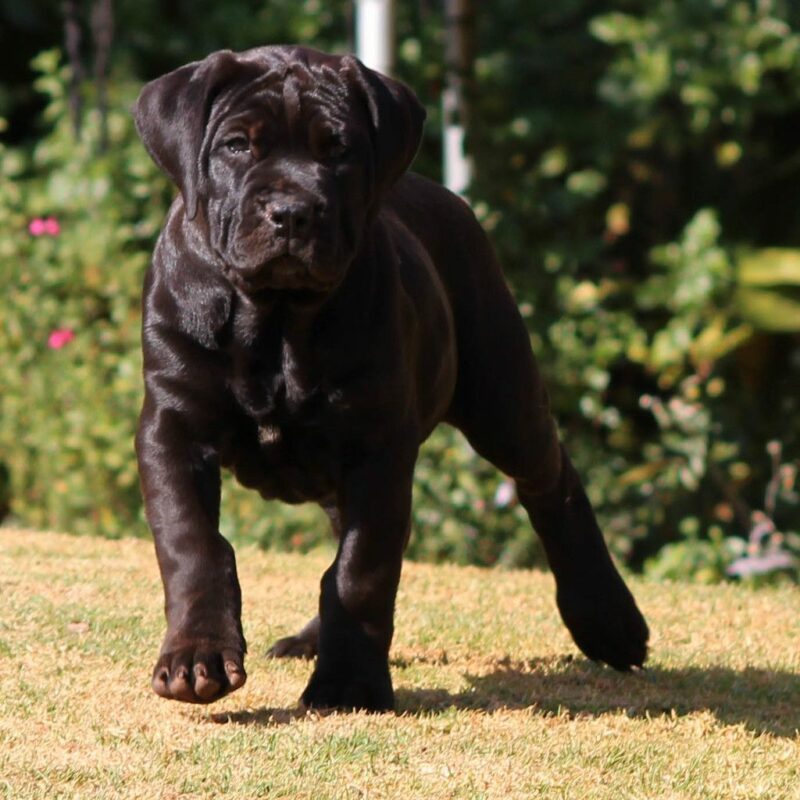
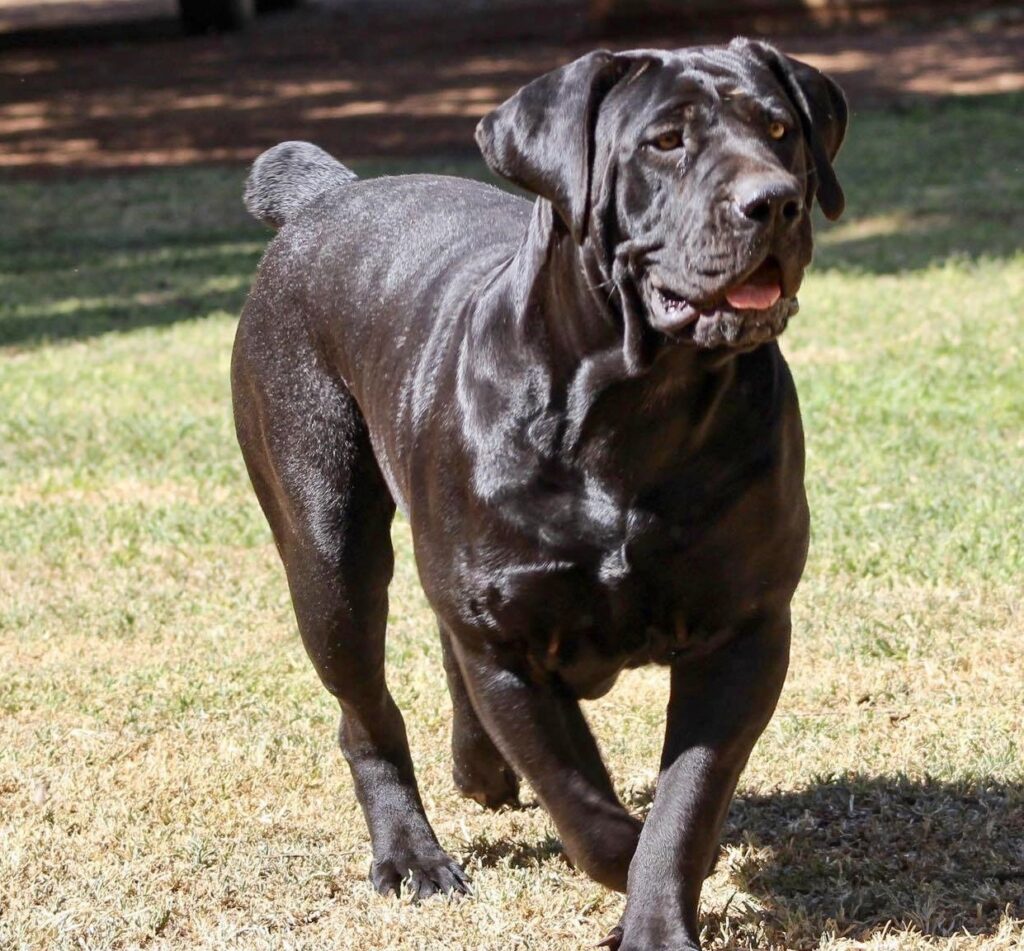
Boerboels only need baths occasionally. They are medium-level active. They need a medium to long walk or jog for exercise. They don’t do well in dog parks, preferring challenging sports such as tracking. Their coat requires minimal care, consisting of an occasional bath or brushing.
They adapt well outside in temperate climates. Boerboels are working dogs that need both mental and physical stimulation. They are independent thinkers but still crave companionship with their owners. The breed needs some sort of physical activity on a daily basis.
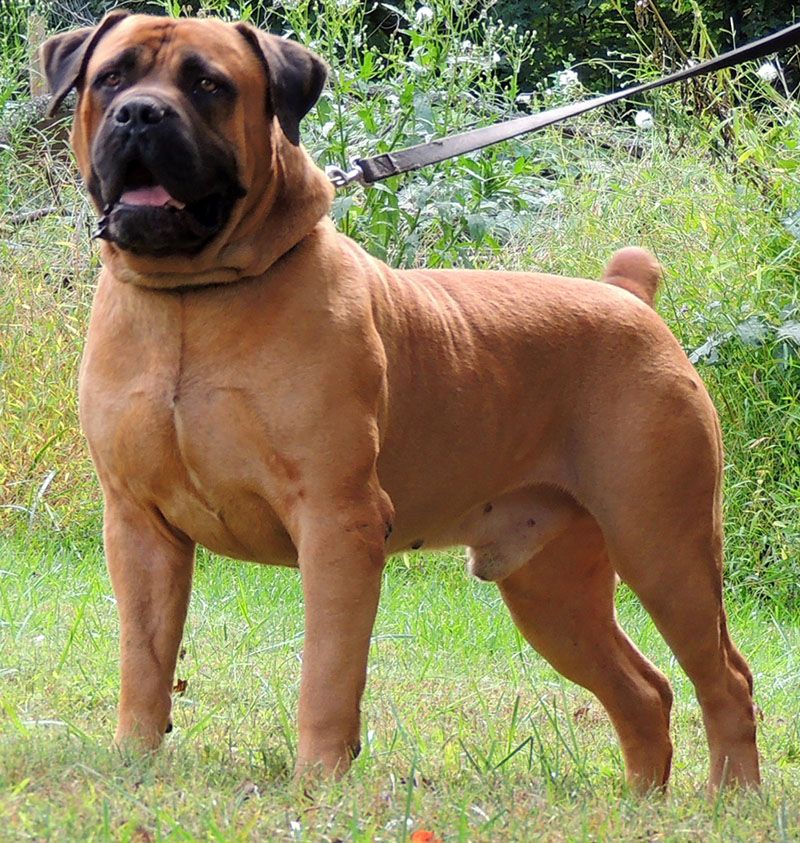
Boerboel Dog Breed Health
Boerboels are a large breed, and as such, they suffer from the same health issues as other giant dog breeds. Some of these issues include hip dysplasia, cancer, bloat, elbow dysplasia, and heart disease. The average lifespan for a Boerboel is 9–12 years.

Black Boerboel
The black Boerboel is also known to a specific color variation of the Boerboel breed which is black in color in which are not common, the breed is a large and powerful South African mastiff-type dog. Boerboels typically come in a variety of colors, including fawn, brindle, brown, and black. While black is less common than some other colors, it does occur naturally within the breed. Black Boerboels are known for their strength, loyalty, and protective nature.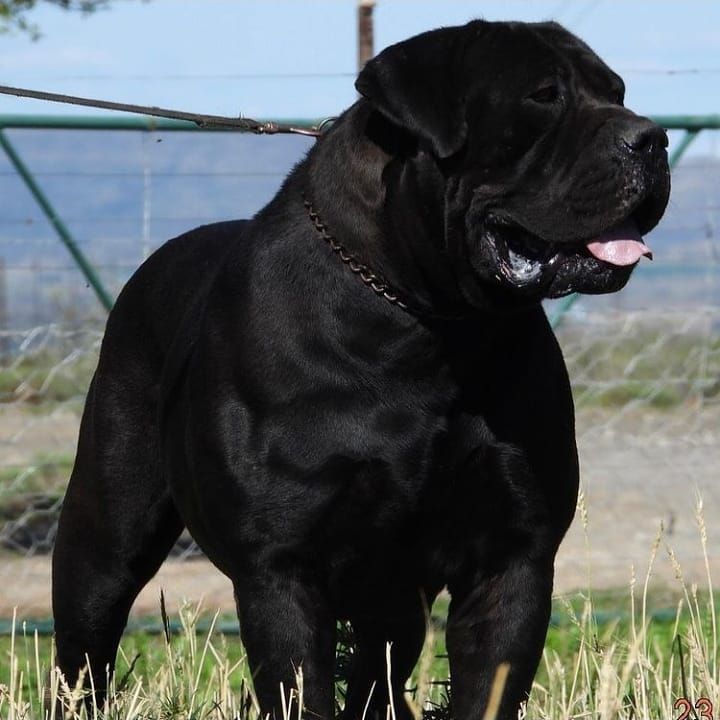
When looking for a black Boerboel, it is very important to find a reputable breeder or a dog owner who prioritizes the health and temperament of their dogs.
At what age does a Boerboel Become Aggressive
At Nine Month which is considered as no longer a puppy, Boerboel temperament, can vary based on a range of factors, such as genetics, socialization, training, and environmental influences. Responsible ownership, training, and socialization are key to promoting a well-behaved and non-aggressive Boerboel.
how much does a boerboel cost
The cost of a Boerboel is approximately between $4,500 to $7,000 for a Boerboel Adult. how much is a boerboel puppy should also be considered which is placed somewhere in this article
How to Train Boerboel
Training a Boerboel requires consistency, patience, and positive boosting techniques.
Here’s a general guide on how to train your Boerboel:
- Start early
- Socialization
- Basic commands
- Leash training
- House training
- Crate training
- Social manners
- Exercise and mental stimulation:
- Consistency and positive reinforcement
- Professional training
Every Boerboel is Special and unique, so adapt your training methods to suit your dog personality.
How much does a Boerboel Puppy Cost
how much are boerboel puppies cost varies depending on various factors such as the breeder’s reputation, location, lineage, and the puppy’s quality. Approximately, you can pay from $1,500 to $4,000 for a Boerboel puppy.
N.B: The prices can go higher for puppies from top-notch breeders and show-quality potential.
How to Pronounce boerboel
The word “Boerboel” is pronounced as “BUHR-buhl.” Now, lets breakdown the pronunciation to a simpler term
Boerboel Review
- Typically affectionate with family
- Usually learns training commands quickly
- Low-maintenance coat
- Can be dominant and stubborn
- Can be aloof with strangers
- Not always friendly with other dogs
Boerboel Pictures
Boerboel
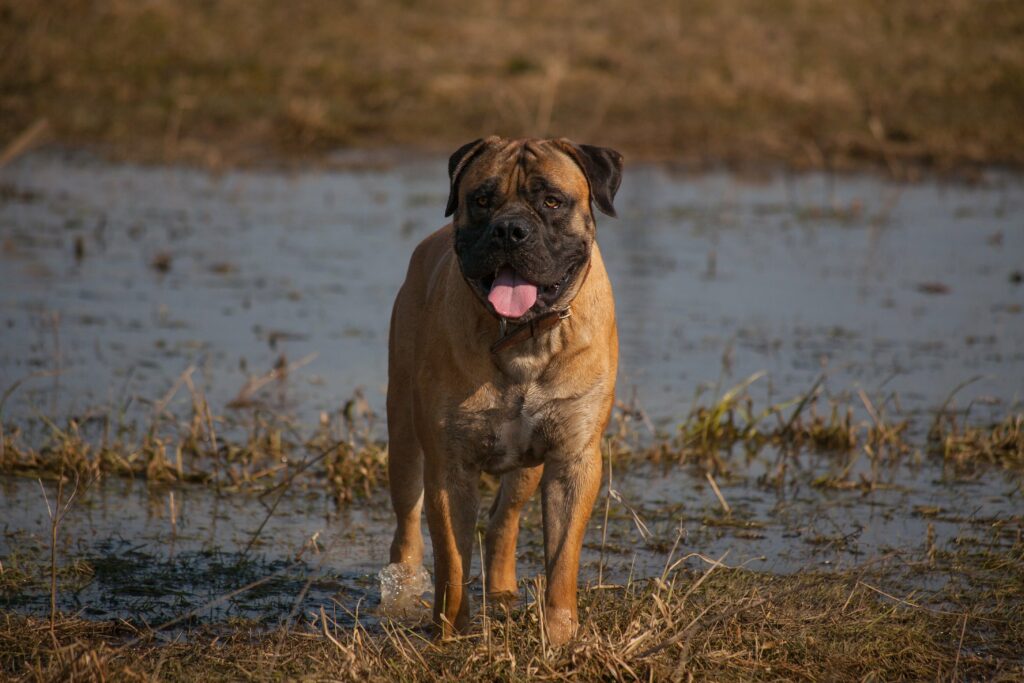
Boerboel
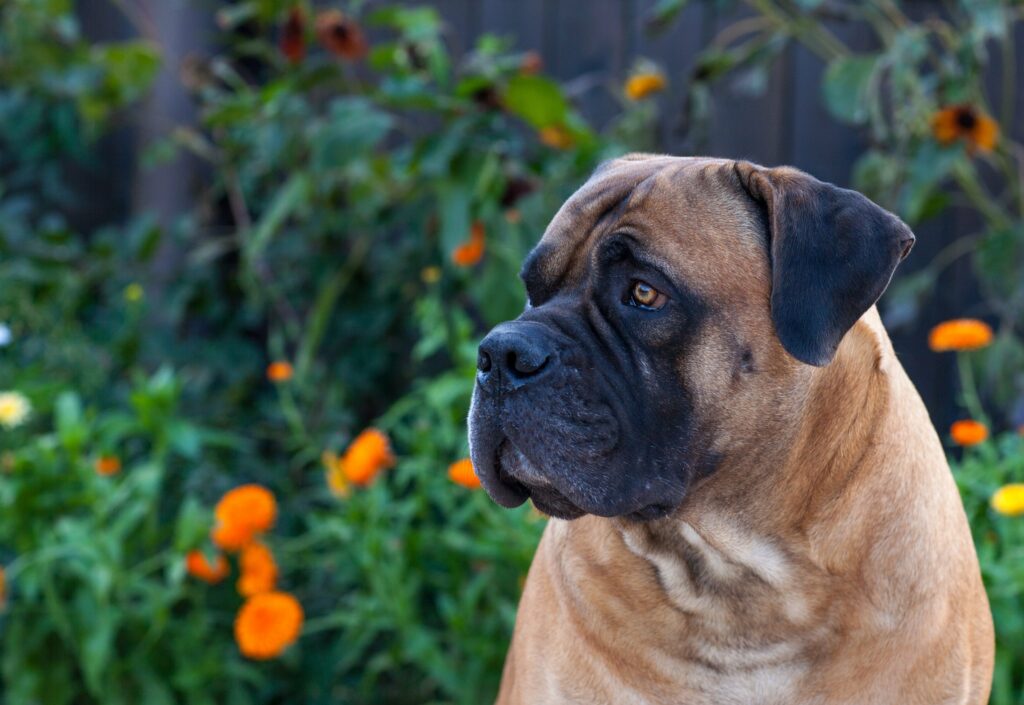
Boerboel
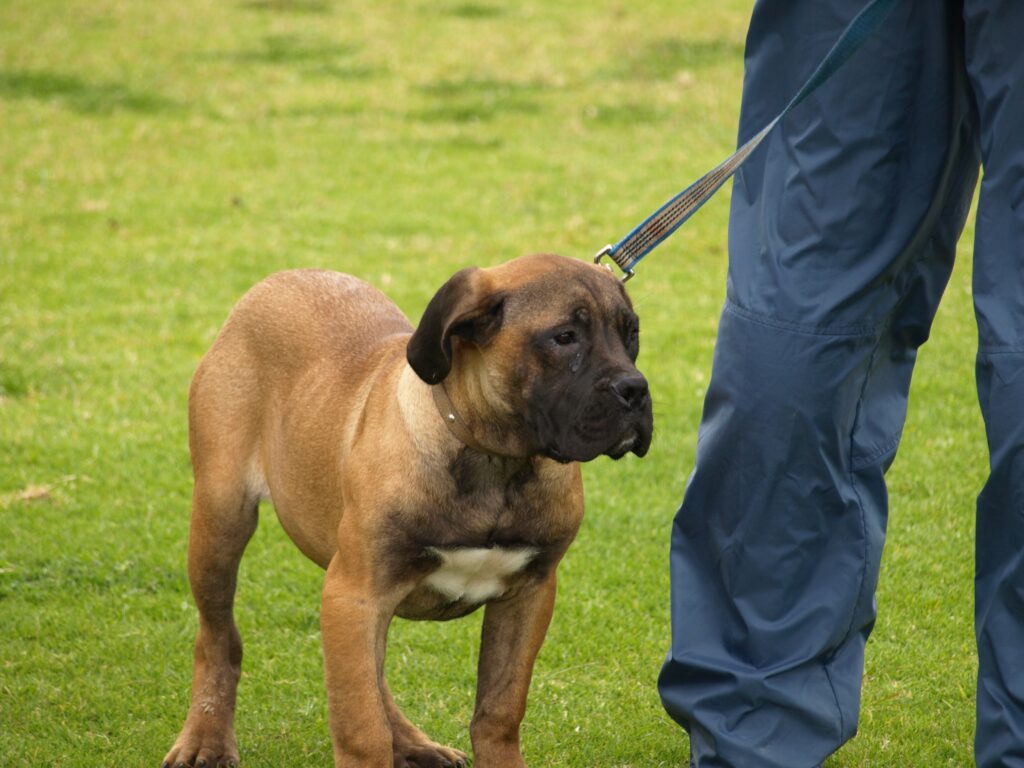
Black Boerboel
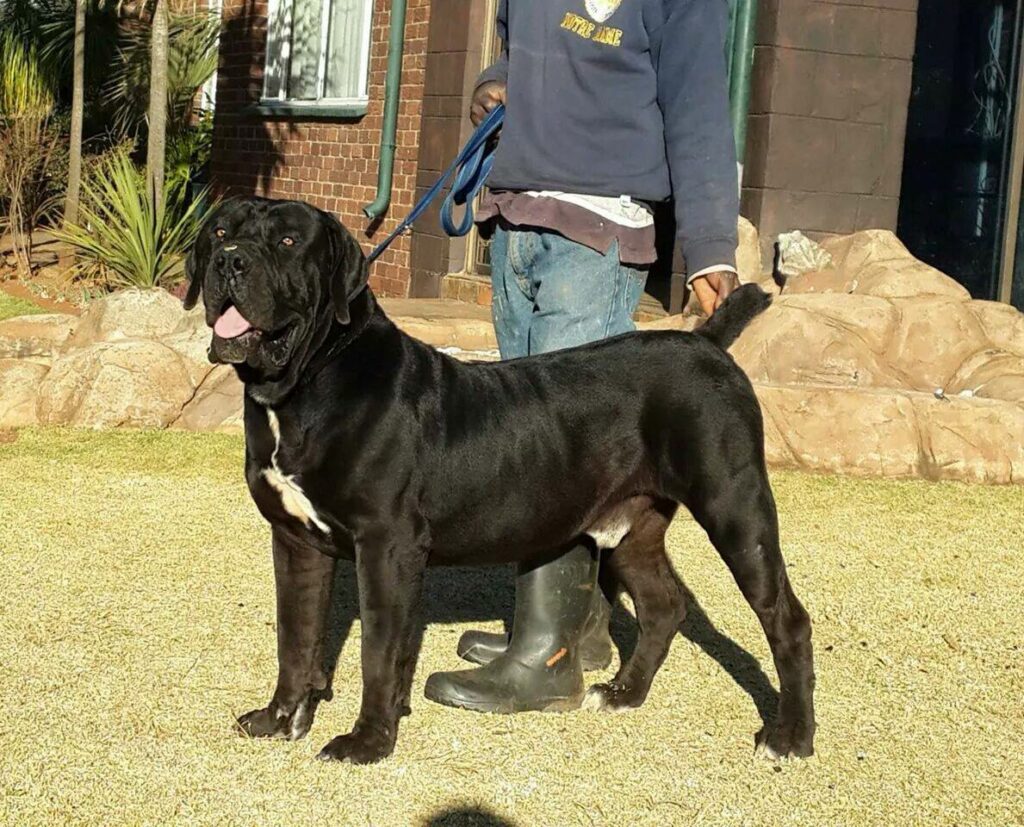
RECOMMENDED ARTICLES
- Great Pyrenees Dog- Characteristics, Behaviour And Health
- 13 Top Best Puppy Food And Their Nutrient Components
- 13 Best Dog Breeds for First-Time Owners (With Pictures)
- 10 Top Best Dog Food Brands And The Composition There.
- 10 Best Natural Dog Food For Healthy Living And Nutrients
- Doberman Pinscher Dog; 3 Superb Physical Characteristics And Behaviour
This website’s material is not intended to be a substitute for expert safety advice or professional treatment, nor should it be used to diagnose or treat any health issue or condition. It also is not meant to give any legal opinion or advice. For legal, medical, or other professional advice, please contact your Veterinary Doctor or other healthcare provider. We do not assume any duty for and do not warrant the reliability or operation of, the goods or services we evaluate, which are offered by third parties. Only educational aims are served by our content.
If you Like, Please share it. Sharing is usually Caring.

